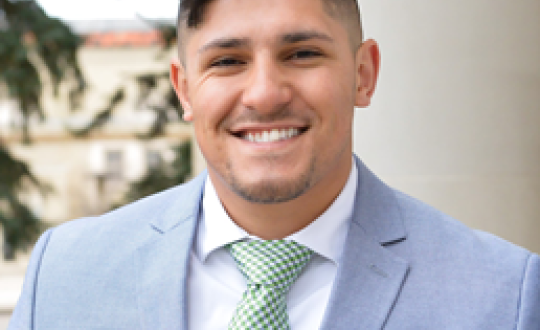Image


An official website of the United States government
Here’s how you know
Official websites use .gov
A .gov website belongs to an official government organization in the United States.
Secure .gov websites use HTTPS
A lock (
) or https:// means you’ve safely connected to the .gov website. Share sensitive information only on official, secure websites.


Take a look at your campus:
For many students, college marks a time in life where they have a new sense of freedom. They transition into a stage of interdependence where they are largely responsible for daily decisions that will affect their lives now and in the future. This time allows for new experiences, new friends, and new opportunities.
Most college students will likely be exposed to drugs, alcohol, and a party culture that will be new to them. The opportunity to drink heavily or try drugs will probably be presented to them during their student experience. I know, because that was something I experienced as a student. It feels like all the other students are drinking and doing drugs. This is a common misperception, which is displayed through the American College Health Association’s National College Health Assessment (ACHA-NCHA) data, which show consistent perceived use of substances that are typically higher than actual use.
Being a student, it usually is not difficult to find drugs or alcohol, even if you are underage. Students will ask their older friends to buy alcohol for them or they will attend parties where there is a common source of alcohol (i.e., kegs, bottles). Drugs can be found within the residence halls, at parties, and even at the library. The point is, if a student wants to try drugs or alcohol, they probably have access to obtain it. I wish more students would educate themselves on the effects of using drugs, but peer pressure or academic pressure does not allow for proper education. Students often engage in drug or alcohol use because perceivably “everyone” else is doing it and they do not want to lose their friends. A common reason for drug use is academics; they want to do well in their classes so they think maybe Adderall or Ritalin will help them study or marijuana will help calm them down to study. Believe it or not, prescription stimulants are not difficult to obtain if you do not have a prescription.
The student experience while at a college or university can be one of the most transformational and important times in a person’s life. The atmosphere of institutions of higher education allow students to contemplate and learn about who they are and how that relates to what they want to do in their lives. Alcohol and other drugs can complicate this time of life with side effects we have all heard before. Faculty members and administrators reach out to help students often, but the accountability of action is ultimately on the student. I believe peer educators are a powerful tool on campuses. Having a student-to-student interaction about the effects of alcohol and drugs can sometimes be more effective than a faculty/staff member interaction with the student.
As a student, I experienced friends who were struggling with alcohol and drug problems. Often times these issues were coupled with family issues, mental health issues, or academic issues. Being a support for them and helping them engage in the services offered by the campus community was the best thing I could do for them. Sometimes all it takes is for students to acknowledge the struggles they see right in front of them and turn to each other to ask for help. Using available resources can be lifesaving to some students and all it may take is another student to help them get connected to those resources.
Help students create a culture of care among one another; urge them to look out for each other. If they see a friend struggling, they can help them find resources, or at least tell someone who can help.
